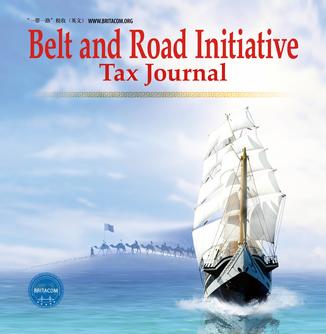BEIJING, July 10 (Xinhua) -- The complexity and class system of the Archaeological Ruins of Liangzhu City have reached the "national" standard, and it is the origin of the Chinese civilization, said Colin Renfrew, a fellow of British Academy and a professor with the University of Cambridge.
Constituted by a city site of 631 hectares dating to 3300-2300 BC, a complex peripheral water conservancy system with a capacity of 46 million cubic meters, Fanshan site with 11 cemeteries and Yaoshan site with 13 cemeteries, the complete set of power, class and theocracy system of the Archaeological Ruins of Liangzhu City bears testimony to the over 5,000-year-old Chinese civilization.
Moreover, the inner city discovered in the Archaeological Ruins of Liangzhu City covers an area of nearly 2.8 million square meters, four times of the Forbidden City. Besides, 51 ancient rivers are discovered in the city and 11 artificial dikes are discovered outside the city.
"China's Neolithic Age is a far underestimated era. Only by knowing the entire project quantity, the whole scale of the city and the huge water conservancy system, can we realize the importance of Liangzhu's ancient city," said Colin Renfrew.
According to Chen Tongbin, consultant on application for world heritage of the Archaeological Ruins of Liangzhu City, the scale of the city site was very rare not only in the Neolithic Age, but also in the Bronze Age. The water conservancy system, the city walls and the palace were all built by hand, with huge amount of work, Chen added.
As unique spiritual symbol of Chinese civilization, many jade articles were founded in Fanshan site and Yaoshan site. According to Liu Bin, president of Zhejiang Provincial Cultural Relics Archaeological Research Institute, jade articles accounted for more than 90 percent of more than 1,200 pieces or sets of precious cultural relics discovered in Fanshan site, and 678 of 754 pieces or sets of burial objects founded in Yaoshan site were jade articles.
In addition, as the only belief worshiped and respected by Liangzhu people, the Liangzhu emblem, with a fixed shape, is located at the core position on the jade articles and is the main pattern on other ritual vessels, reflecting the existence of a highly consistent belief in this regional country at that time.
The Archaeological Ruins of Liangzhu City, located in Yuhang District of Hangzhou, capital city of east China's Zhejiang Province, was inscribed on the World Heritage List on July 6 at the 43rd session of the World Heritage Committee with the United Nations Educational, Scientific and Cultural Organization (UNESCO) held in Azerbaijan's capital Baku. (Edited by Tong Wei, tongwei@xinhua.org)




 A single purchase
A single purchase








